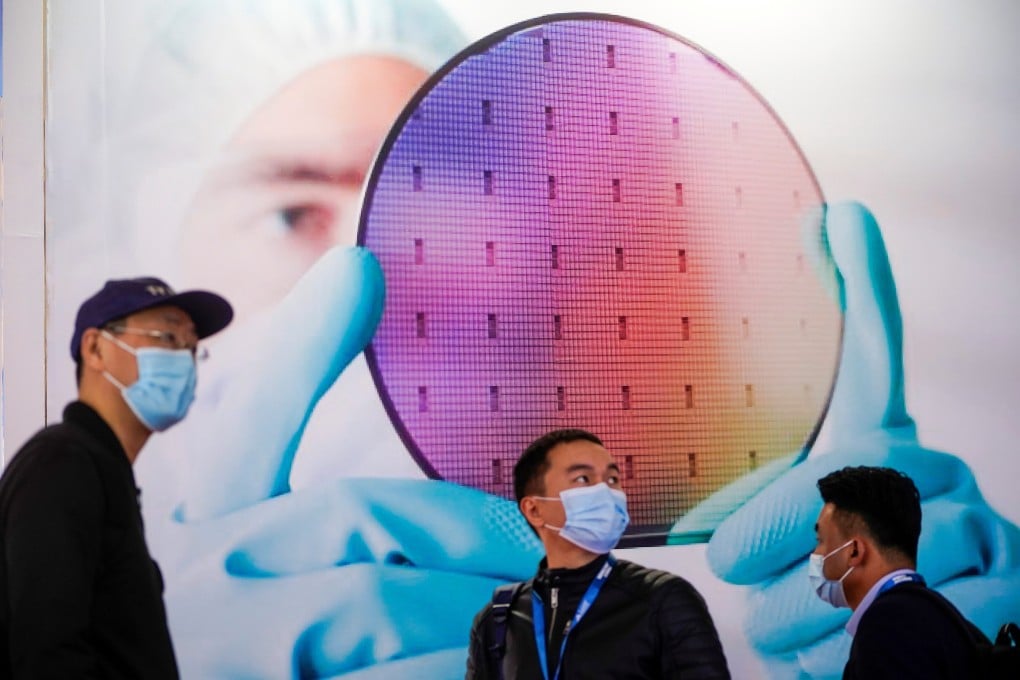New Chinese semiconductor firms have tripled in 2021 as Beijing and Washington jockey over technological supremacy
- The number of new company registrations in the semiconductor industry from January to May tripled in China, bolstered by generous national subsidies
- As China pursues self-sufficiency in semiconductors, Washington is seeking to counter Beijing with a new bill funding domestic fabrication

The number of newly registered chip-related companies in China more than tripled in the first five months of the year from the same period in 2020 in a fresh sign that China is sparing no effort in its pursuit of self-sufficiency in semiconductors, for which the country relies heavily on imports and US technologies to satisfy domestic demand.
From January through May, China saw 15,700 new companies involved in everything from designing to manufacturing chips, according to Qichacha, a website that compiles corporate registration information. The surge comes on the back of a wave of investment in the semiconductor industry thanks in part to Beijing’s generous subsidies and support.
China’s semiconductor industry remains burdened by a slew of US sanctions as it tries to catch up to international peers – mainland foundry Semiconductor Manufacturing International Corp (SMIC) is far behind Taiwan Semiconductor Manufacturing Co (TSMC) in fabrication of advanced chips while China has been blocked from acquiring advanced lithography tools from Dutch industry leader ASML – but the country is seeing quick progress in more mature areas like manufacturing with larger process nodes and making memory chips.
Many of the country’s tech giants are either getting into the game or increasing investment.
In 2020, China’s integrated circuit (IC) output rose nearly 29.6 per cent to 261.4 billion units. For April, the latest numbers available, output was up 29.4 per cent over a year earlier to 28.7 billion units.
